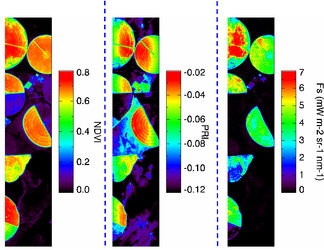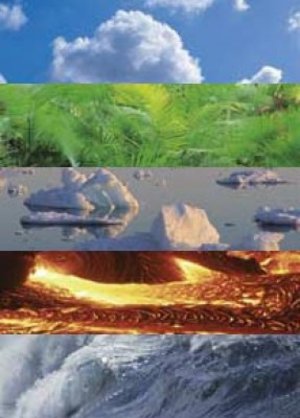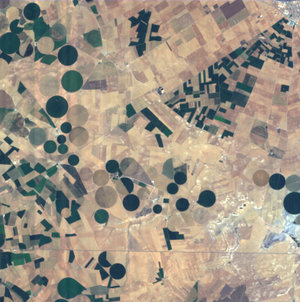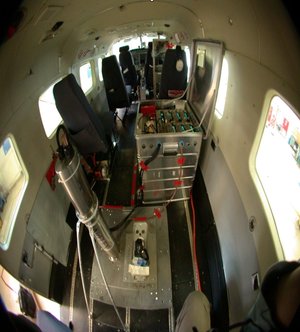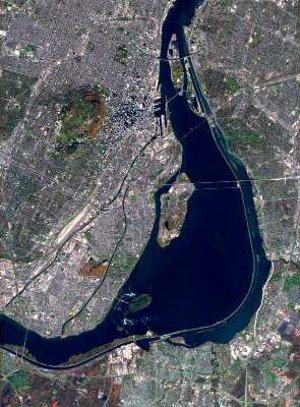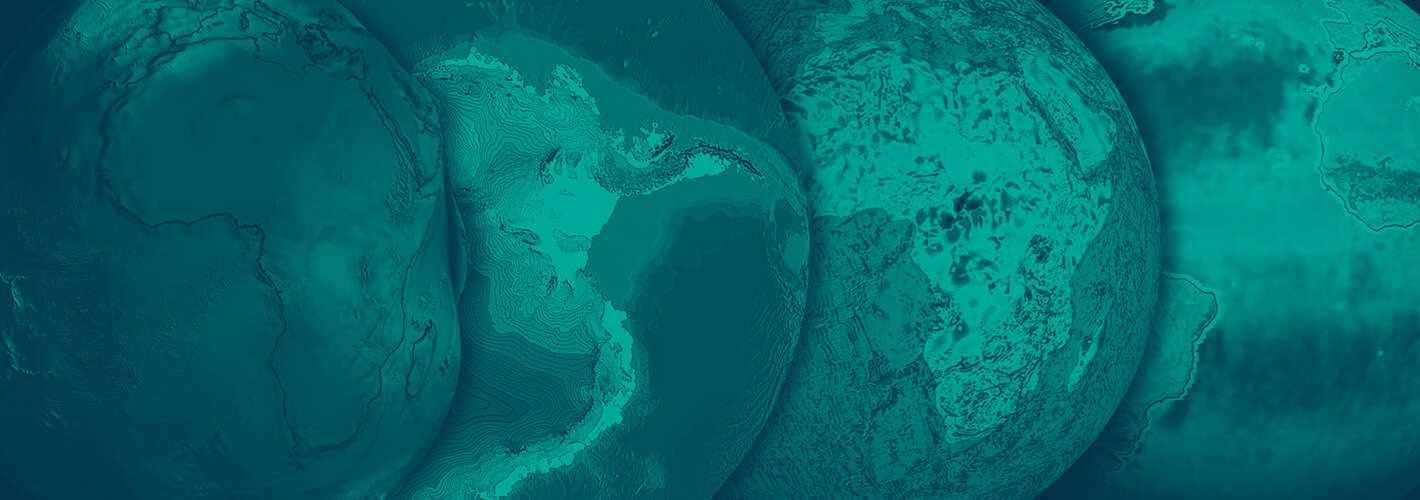Workshop focuses on Candidate Explorer FLEX mission
Over the last few years, investigations into the novel method of monitoring the health of the Earth’s vegetation through the observation of solar-induced fluorescence from space have come a long way. Scientists from around the globe met recently to discuss advances in this area – advances which may lead to the realisation of the so-called FLEX mission.
One of the most hotly debated issues at the moment is that of climate change and the impact that human activity is having on natural Earth processes. Increased atmospheric carbon dioxide concentration, as one of the main greenhouse gases, is related to fossil fuel consumption and land-use change. Measurements of the rate of increase in atmospheric carbon dioxide compared to calculations of global carbon dioxide emissions suggest that a large proportion of emitted carbon dioxide is being absorbed into marine and terrestrial carbon pools. However, in order to predict future trends we need to understand much more about the carbon cycle, and with respect to terrestrial carbon, how different plants are reacting to changes in the composition of the atmosphere and climate variability.
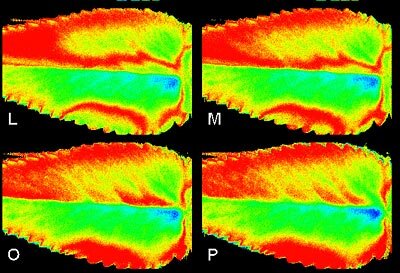
With this need to further our understanding, there has been growing interest in how routine observations of solar-induced fluorescence from space would advance our knowledge of the dynamics within the biosphere and help improve our knowledge of the terrestrial part of the carbon cycle. Solar-induced fluorescence emitted by vegetation is an indicator that relates directly to photosynthetic activity and occurs when part of the sunlight absorbed by chlorophyll in plants is re-emitted at longer wavelengths as fluorescence. However, the fluorescence signal is very weak and special techniques are needed to measure this from space.

Research into how this type of observation could be carried out by dedicated methods has been on-going for some years, and has now reached maturity. At the Third FLEX International Workshop on Remote Sensing of Vegetation Fluorescence, held recently, Giovanna Cecchi, from the Italian Research Council (CNR) Florence outlined that an initial workshop on remote sensing of solar-induced vegetation fluorescence was held in 2002 and the second workshop, which was held in 2004, resulted in a consensus on proposing the FLEX (FLuorescence EXplorer) mission as a candidate for the Call for Earth Explorer Missions in 2005. As a result, the mission was one of the six selected for assessment study in May 2006.
The FLEX mission proposes to make global observations of photosynthesis by observing chlorophyll fluorescence by way of a very high-spectral resolution imaging spectrometer that allows the decoupling of the weak fluorescence signal from the reflected sunlight background.

The Third FLEX International Workshop on Remote Sensing of Vegetation Fluorescence was held at the Italian Research Council’s facilities in Florence, Italy on 7–9 February, and judging by the number of participants there is a fast-growing interest in the FLEX mission concept. The results presented at the meeting clearly demonstrated that much progress has been made since the last workshop. José Moreno from the University of Valencia in Spain stated that, "There is now no longer any doubt that the elusive fluorescence signal can be sensed from space." Moreover, it was reported that the signal measured by different science groups in their various campaigns and experiments are consistent.

As the FLEX mission progresses through the assessment study phase, priorities for furthering the mission concept relate to designing retrieval concepts and the adaptation of dynamic vegetation models for this key variable, as stated by Michael Berger, ESA Mission Scientist. These activities will eventually lead to the observation of a key-variable from space –vegetation photosynthesis - and advance our understanding of the Earth’s carbon cycle, which is crucial information needed to help predict future climate trends.



